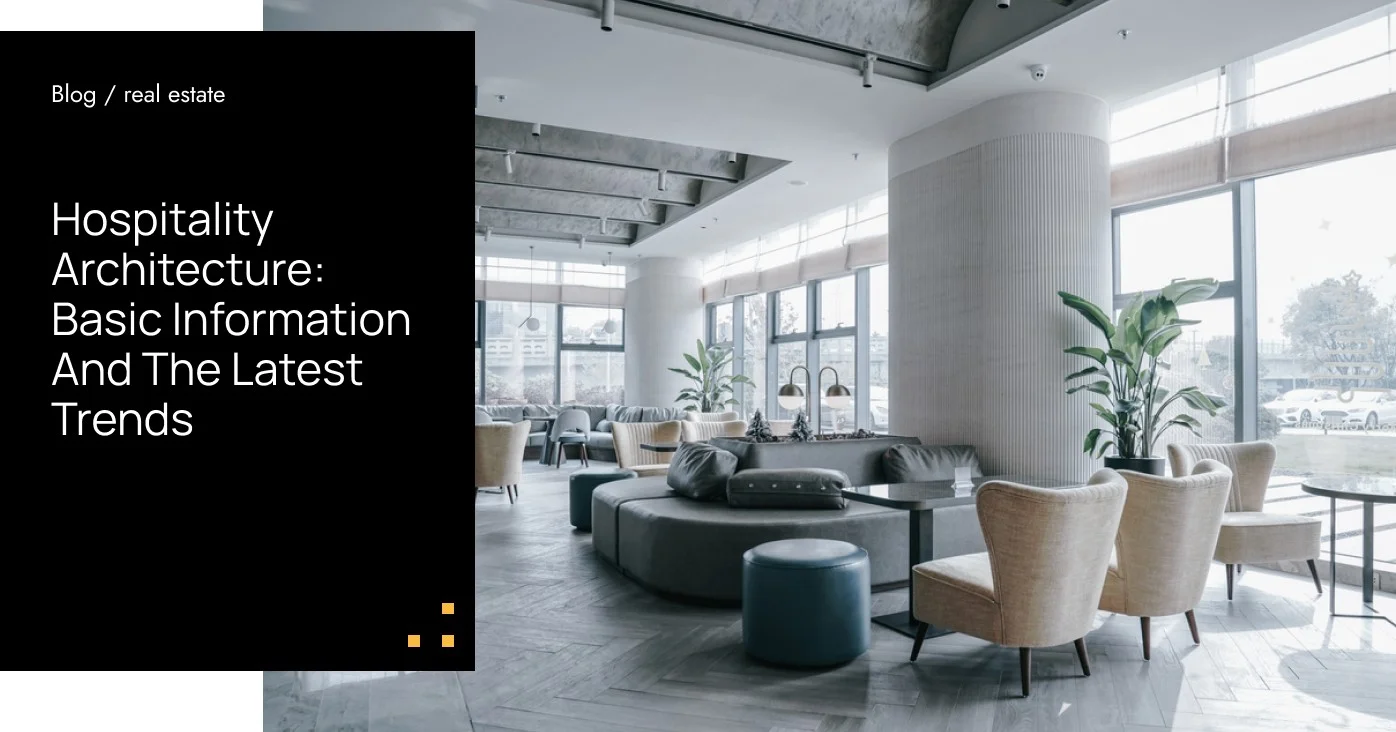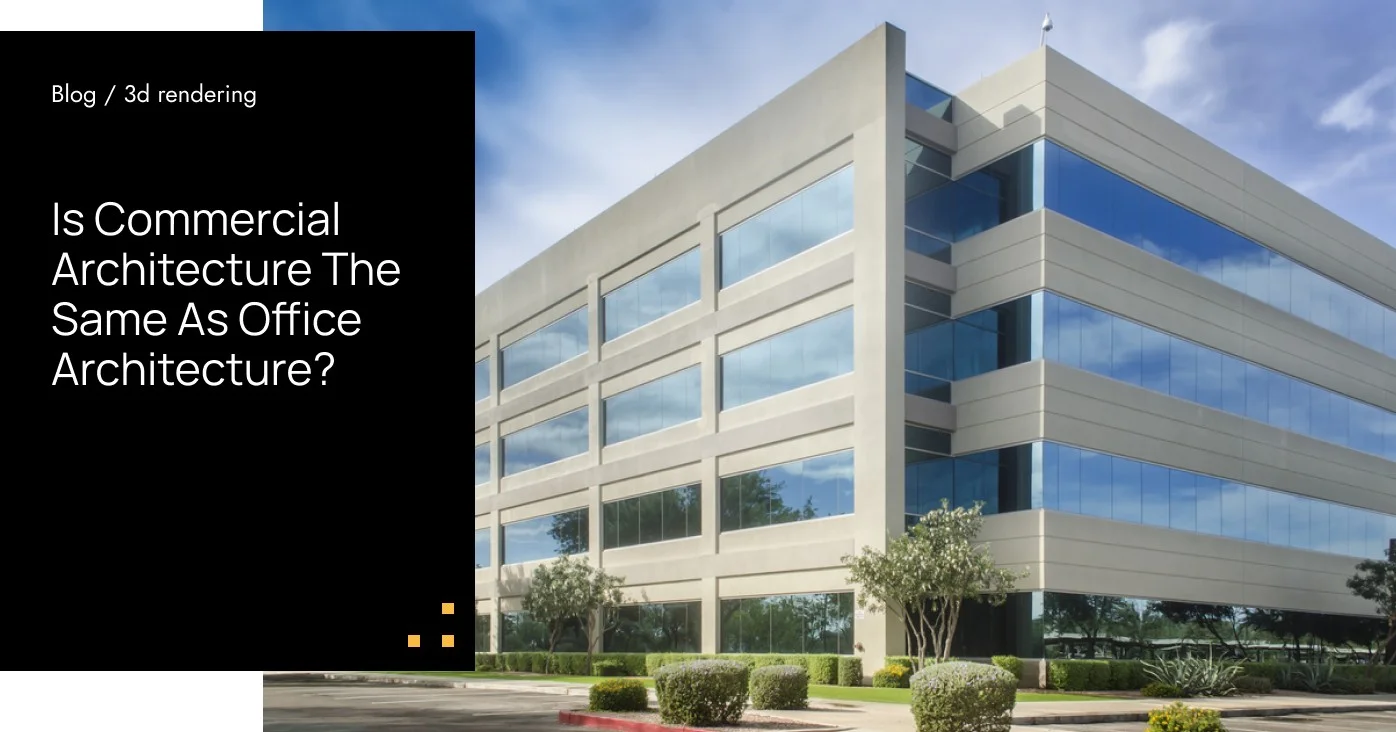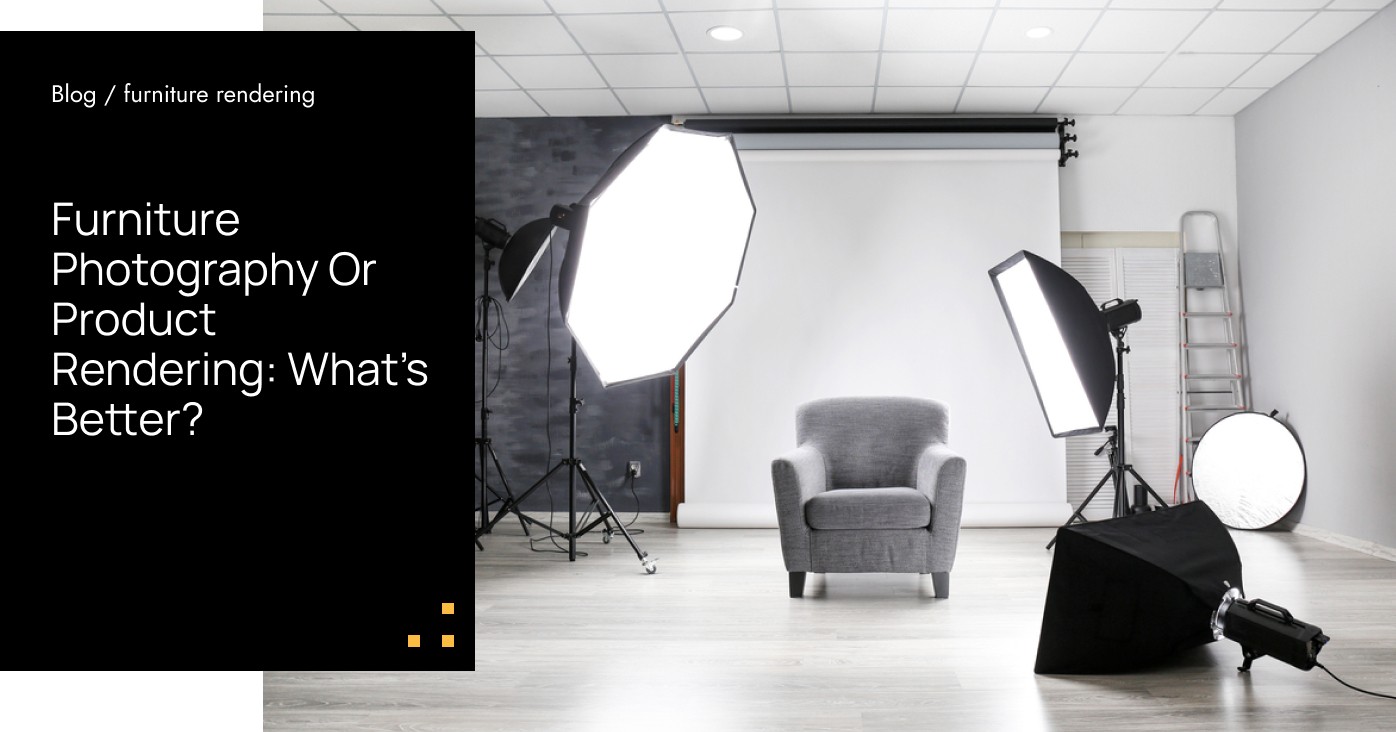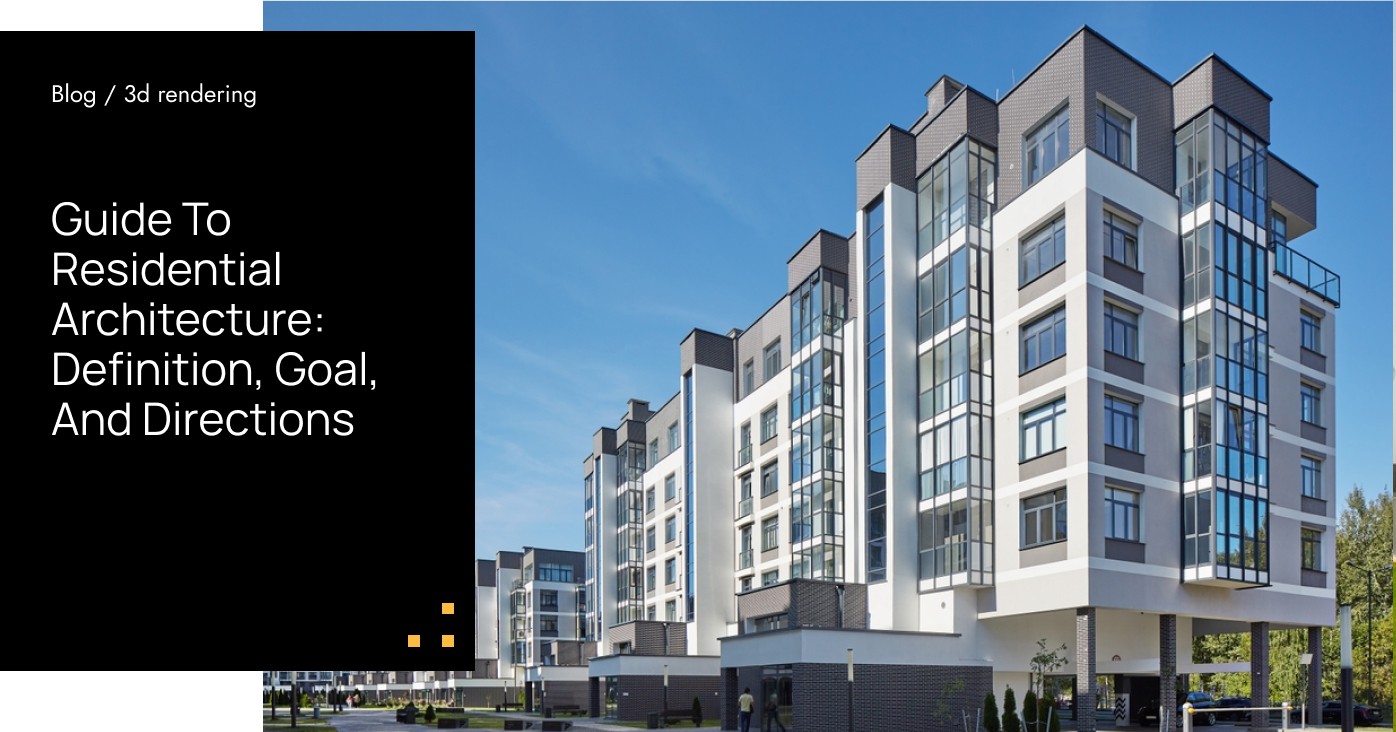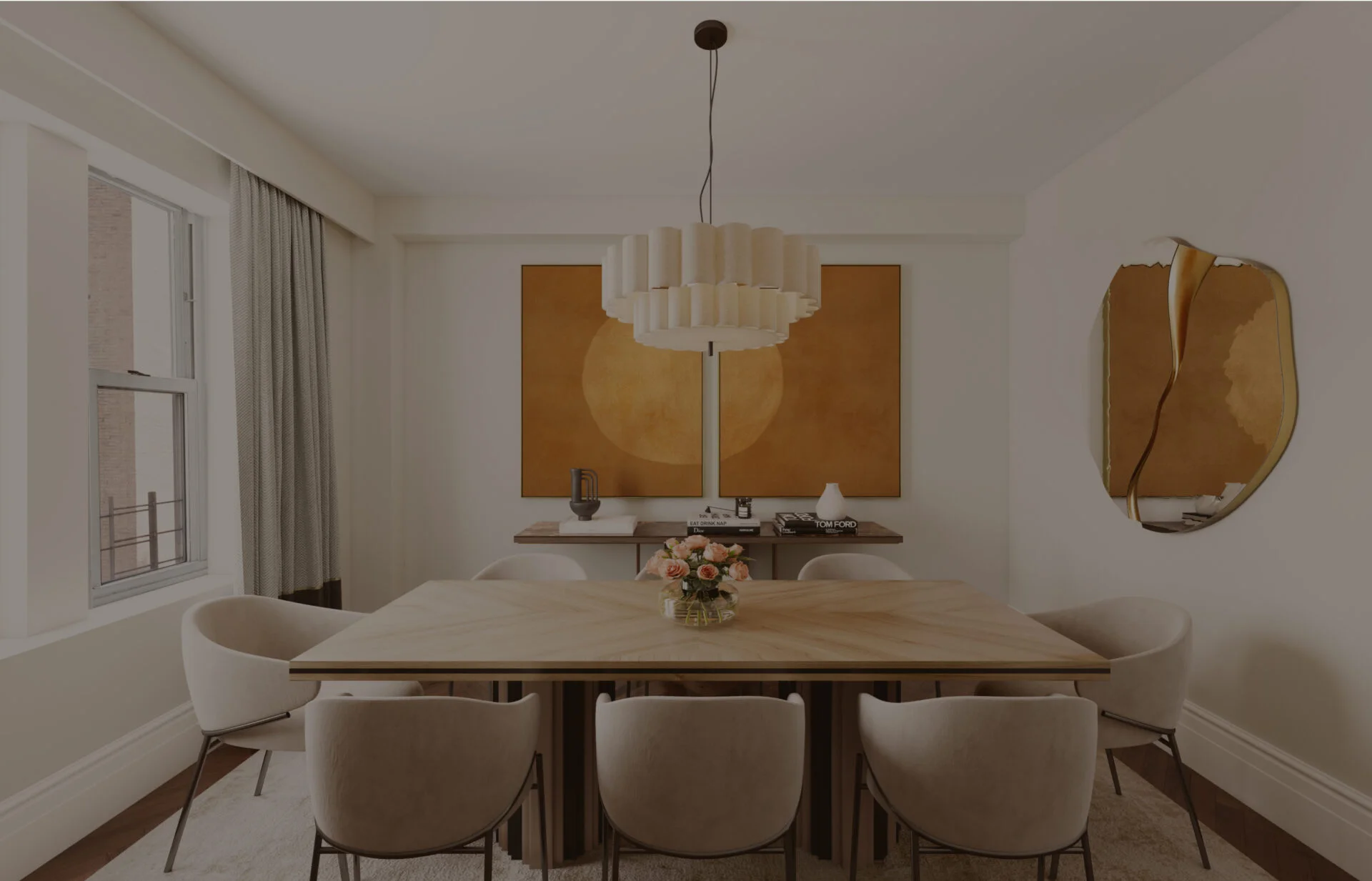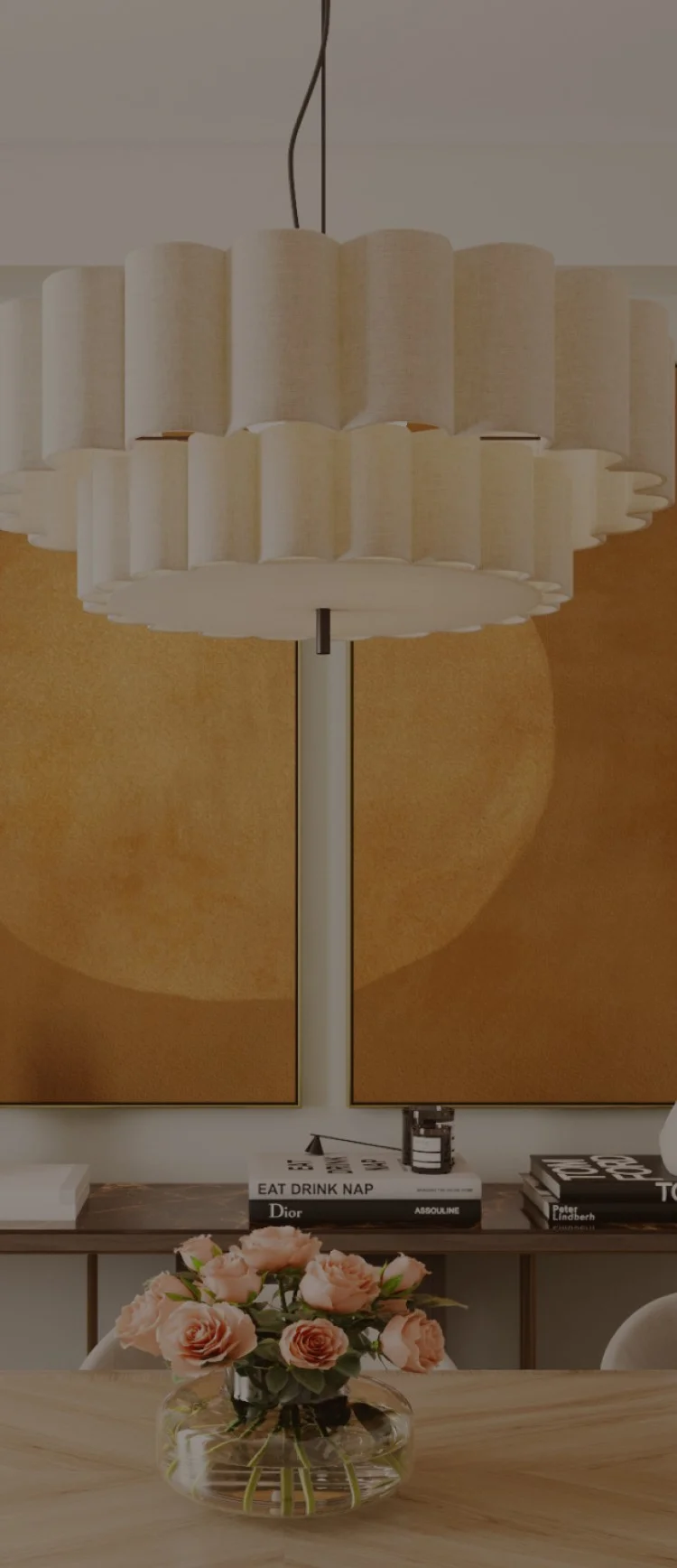Table of contents
Defining hospitality architecture
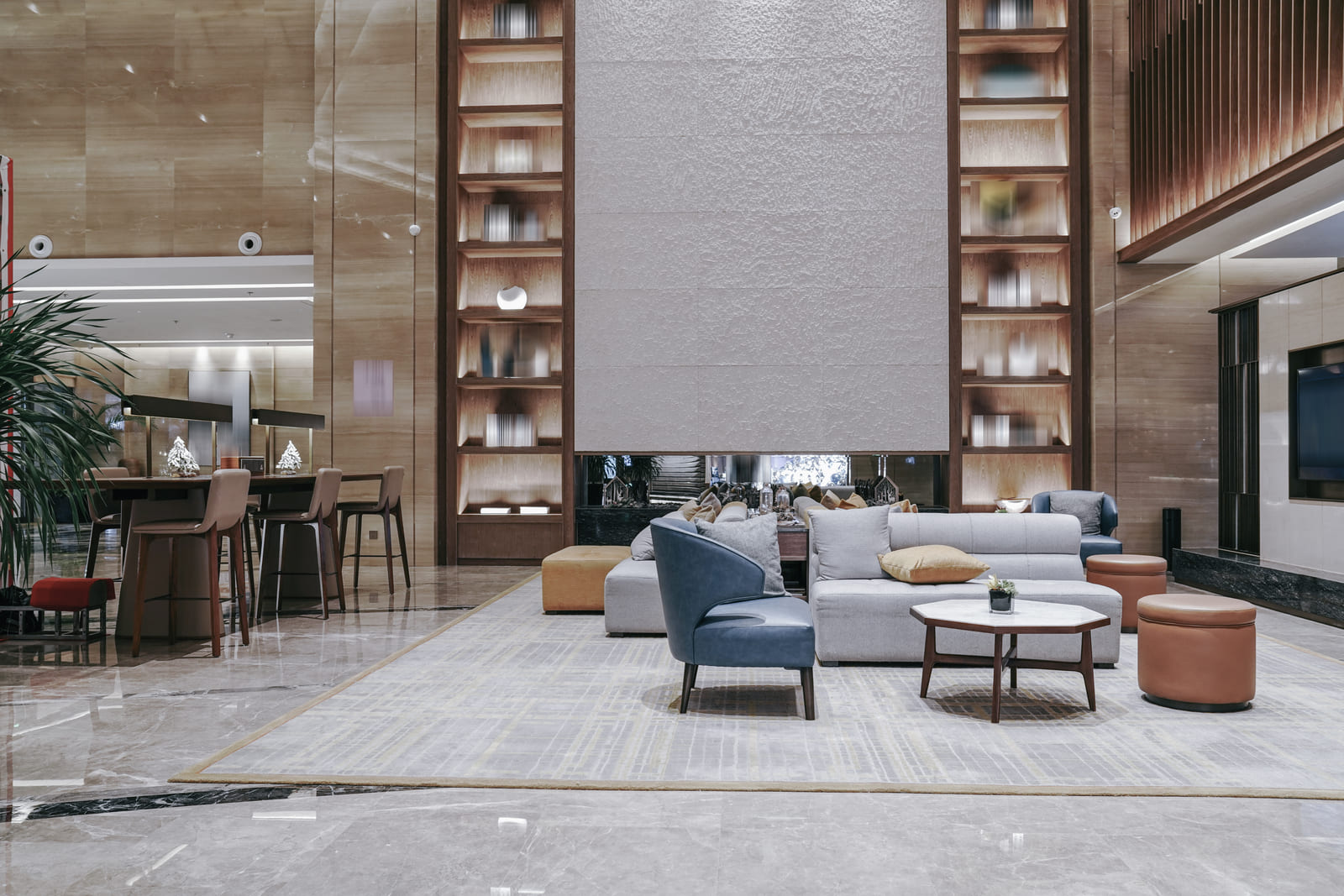
The development of structures like hotels and restaurants is the focus of hospitality architecture. Architects design the interior layout in addition to the exterior facade. They plan the lobby’s appearance as well as the general design of all public areas. They choose furnishings, lighting, and color schemes that will enhance the overall appearance of the room and create a welcoming atmosphere for visitors.
There is a significant influence on the building’s usefulness, aesthetics, and benefit to others, so architects must keep in mind that they must live up to the expectations of many people to visit this structure. Additionally, it’s critical to take into account brand quirks and create a design that will give every visitor of this hotel or restaurant a satisfying experience. As a result, the environment and landscape are also very important.

It’s no secret that a lot of visitors base their lodging decisions on the photos they see, so architecture and design are crucial in drawing in customers. The first thing visitors see when they arrive at a hotel or restaurant is its exterior, which greatly influences their overall perception.
Hospitality is about crafting a story in every design
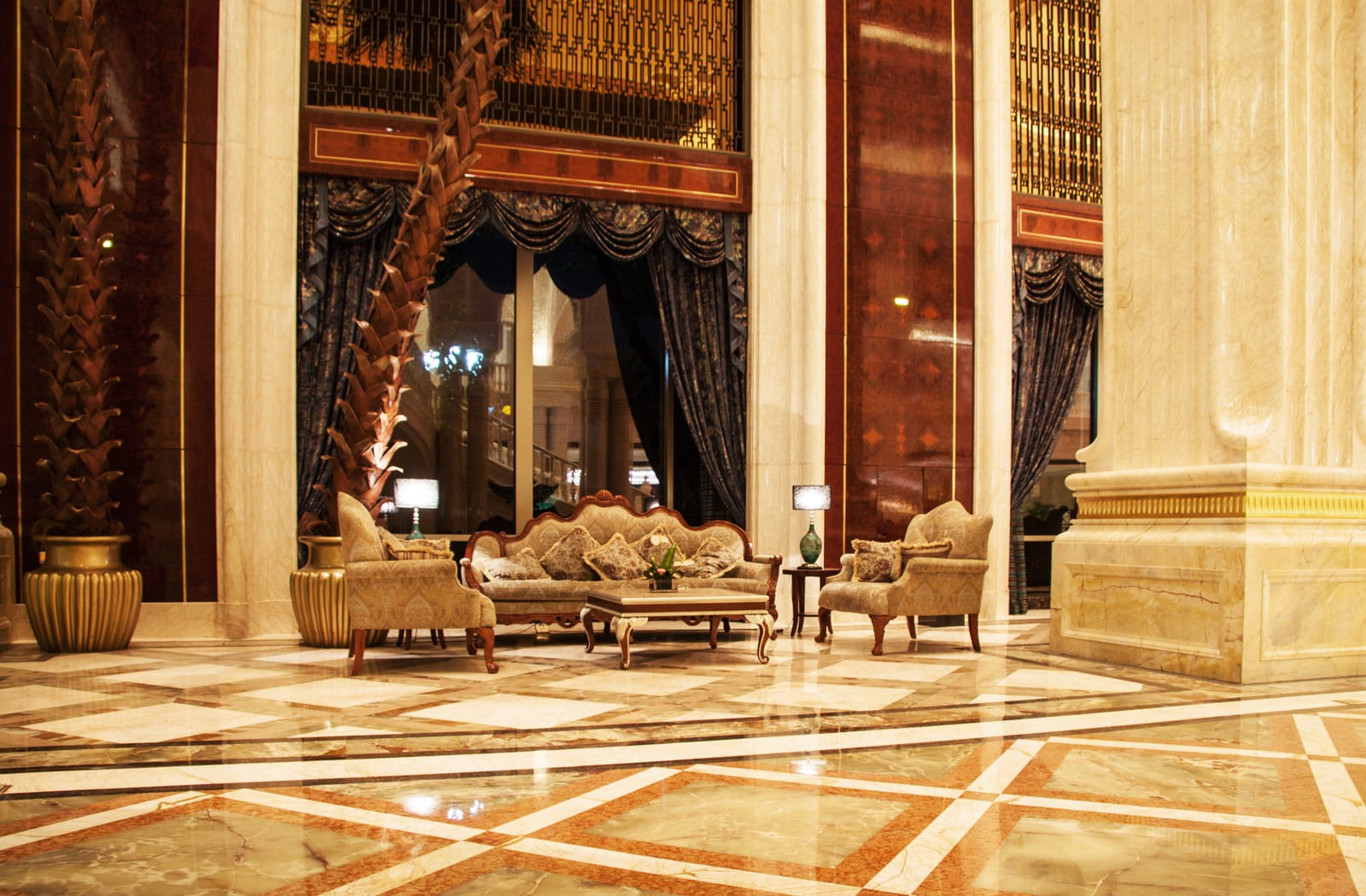
The creative nature of an architect’s work is comparable to that of writers. They ought to create an unforgettable image that conveys the brand’s message and narrates its history. Every building ought to have a unique personality that will influence people’s decision to choose it.
But an architect cannot accomplish this without the expert help of an interior designer, whose collaboration ought to raise the value of real estate.
Latest trends of hospitality design
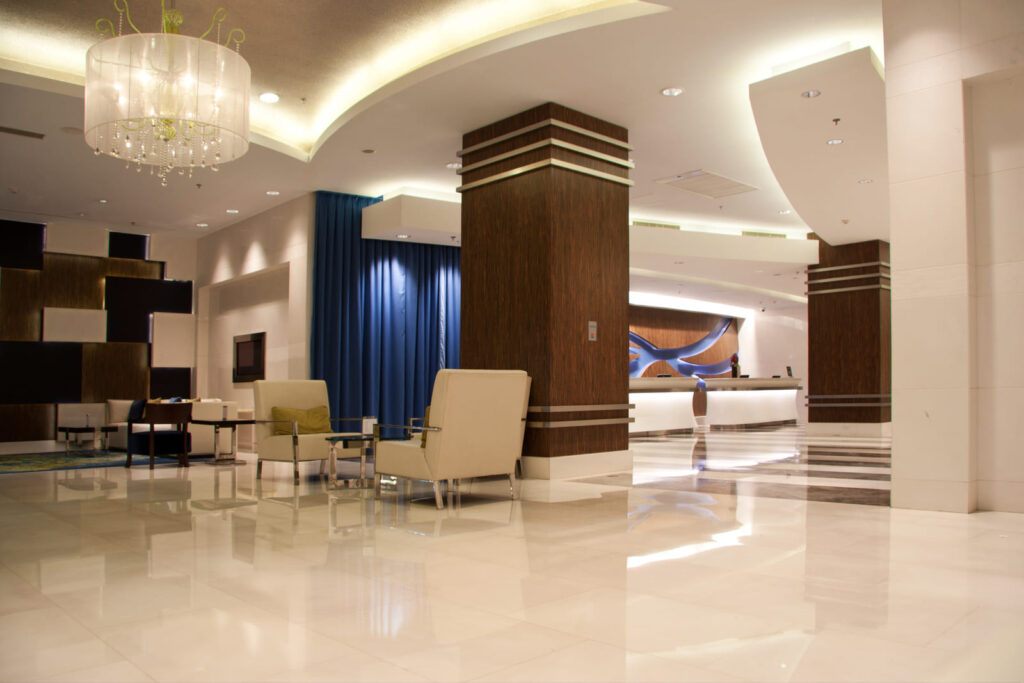
Experts continue to surprise clients despite the apparent difficulty of imagining anything new in architecture. The following trends are to be expected in hospitality design in the future:
- Extensive tile covering
- Focus on ecology in design
- The implementation of new technology like artificial intelligence and virtual reality to offer contactless service, personalization, opt for information centralization and better staff onboarding.
- Up-to-date aesthetics and minimalism
- Preferred materials are wood, stone, and marble
- Domination of pastel tones and neutral patterns
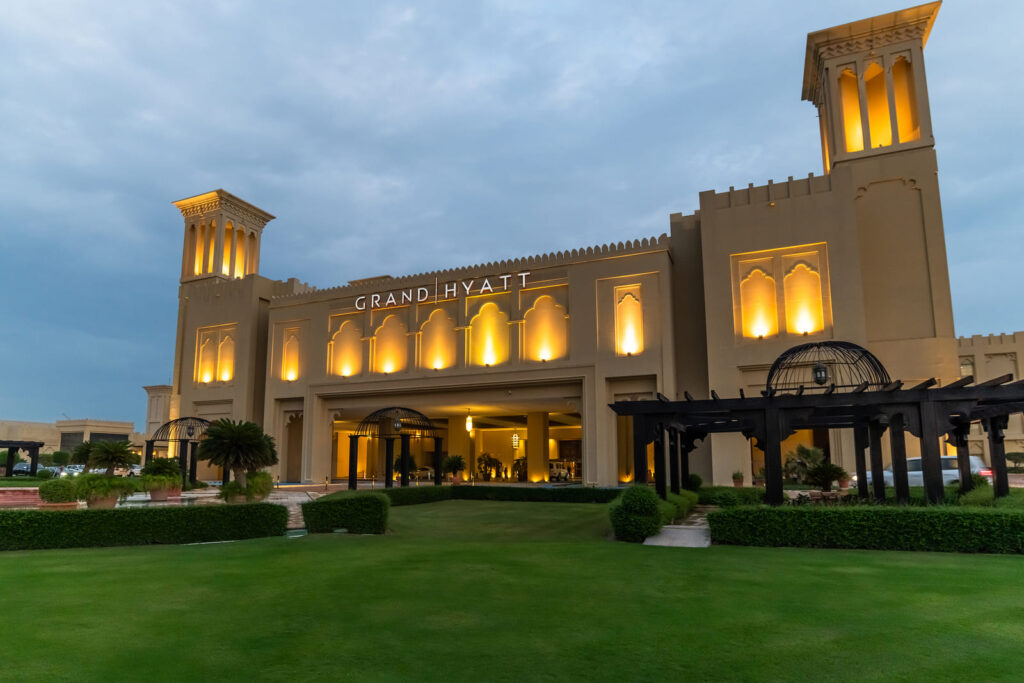
In order to give brand customers the greatest experience possible, hospitality architecture and design have undergone thousands of changes. However, is there still room for improvement? Without a doubt, it will keep developing and astonish visitors with brand-new, incredible designs and solutions.
Table of contents
Thank you for subscribing!
